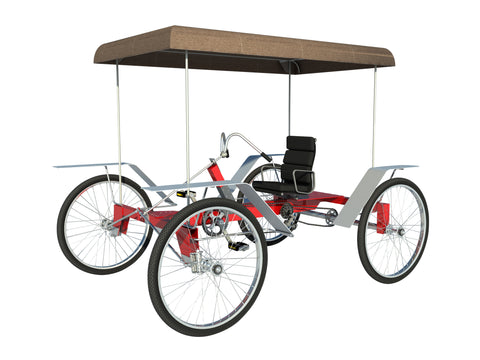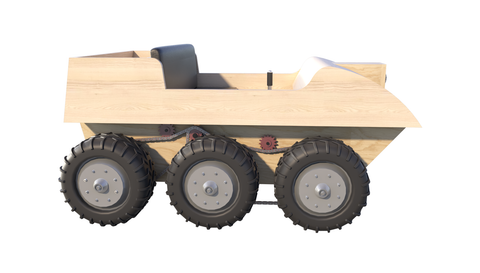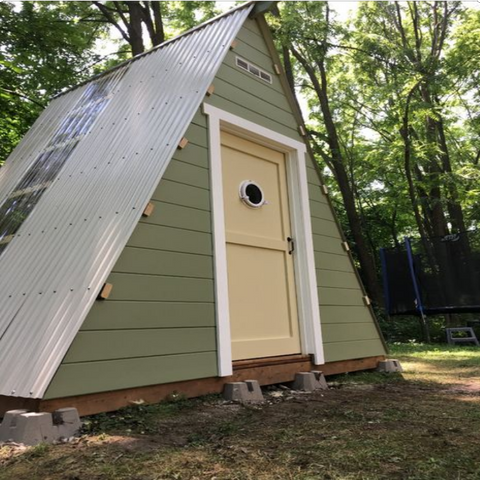DIY Wind Turbine Plans Windmill Turbine Alternative Energy Build Your Own.
Homemade Wind Generator Plans DIY.
DIY Wind Turbine Plans.
What is a Wind Turbine?
Structures
Structures of a wind turbine can be constructed in different ways, depending on the design and environment. For instance, a hybrid tower may consist of an upper tube portion 18 connected to a lower lattice section 14 via a transition structure 20. These components may be constructed of different materials, including steel. The lower lattice portion 14 may comprise several legs 22 and trusses.
A monopile or tripod support structure can be used for offshore wind power. A monopile structure is simpler than a tripod and has a more rigid and stable structure. Both support structures have the same total load condition, but different designs have different types of supports. Monopile and tripod structures are similar in construction and design, but are different in their lower structures. Depending on the location of the piles, they have a greater stiffness and stress control capacity.
A wind turbine's supporting structures can suffer damage over time. This damage can include cracks and spalling. Although there are ways to prevent such damage, no single wind turbine will be perfectly resistant to these forces.
Functions
A wind turbine is a device that generates electricity by turning a rotor. The turbine is comprised of two major components: the nacelle and the rotor. The nacelle houses the generator and the rotor. These two components are connected to one another through a shaft. In order to generate electricity, the rotor rotates at a high speed. In order to increase the speed, the wind turbine has several features.
One of these functions is to adjust the wind turbine's pitch, or angle, to catch the most amount of wind energy possible. This is achieved through a closed-loop system that utilizes electric motors, gears, and hydraulic devices to control the rotor pitch. Pitch control is important for the safety of the turbine because it prevents excessive wind speeds from damaging the turbine.
Wind speed, or wind speed variation, is another important factor in wind turbine performance. Wind turbine performance is directly proportional to the wind speed, and even small changes can affect the amount of electricity produced. Furthermore, the wind speed is affected by the density of the air. Warm air is less dense than cold air, so higher wind speeds will result in more energy being captured by the turbine.
Applications
Wind turbines are a popular form of alternative energy that uses wind energy to produce electricity. They can be used to supplement fossil fuel-based power and are an excellent source of renewable energy. There are several different types of wind turbines and they can produce a wide variety of energy output. One type is a horizontal-axis wind turbine, which has blades that are perpendicular to the wind. This type of turbine is more effective at generating electricity than its vertical-axis counterpart.
These turbines are most common in single-turbine applications, such as residential homes or small commercial buildings. They can also be used as part of hybrid energy systems, which include microgrids and distributed energy resources. Some of these systems include wind energy in remote off-grid settings, and some countries are now adopting wind energy as a part of their renewable energy policies.
While wind turbines can be used to power homes and businesses, they have several potential problems. They tend to cause a lot of noise and can damage the landscape. In addition, the visual impressions caused by turbine blades can be disturbing. Additionally, some wind farms affect bats and other wildlife. Research is ongoing to find ways to mitigate the effects of wind farms on bats and other wildlife.
Cost
The cost of a wind turbine varies depending on the size of the unit and its kilowatt output. Smaller models tend to be cheaper, while larger models are more expensive. The amount of manpower and specialized equipment required to install a wind turbine is another significant cost. Another factor that affects the cost of the wind turbine is the location. Choosing a location with a reliable road network and a reliable power grid is a good idea. Getting regulatory approval for a wind turbine can be a lengthy and costly process, with lawyers' fees adding up. Other installation costs include building an access road and a foundation for the wind turbine, as well as the wiring and other equipment that will be necessary.
All DIY plans are designed or reviewed by Ben Stone. Ben is a retired Engineer in Canada. Ben also drafts these himself using the latest AutoCAD software to ensure accuracy. He studied Engineering back in the early 1980's. After over 30 years in the Construction industry he developed a passion for building cool items around his farm and cabin. These are great DIY projects. With a little skill anybody can Do It Yourself. Ben is always a email away if you have any questions while building one of his projects. He is adding new plans all the time.











